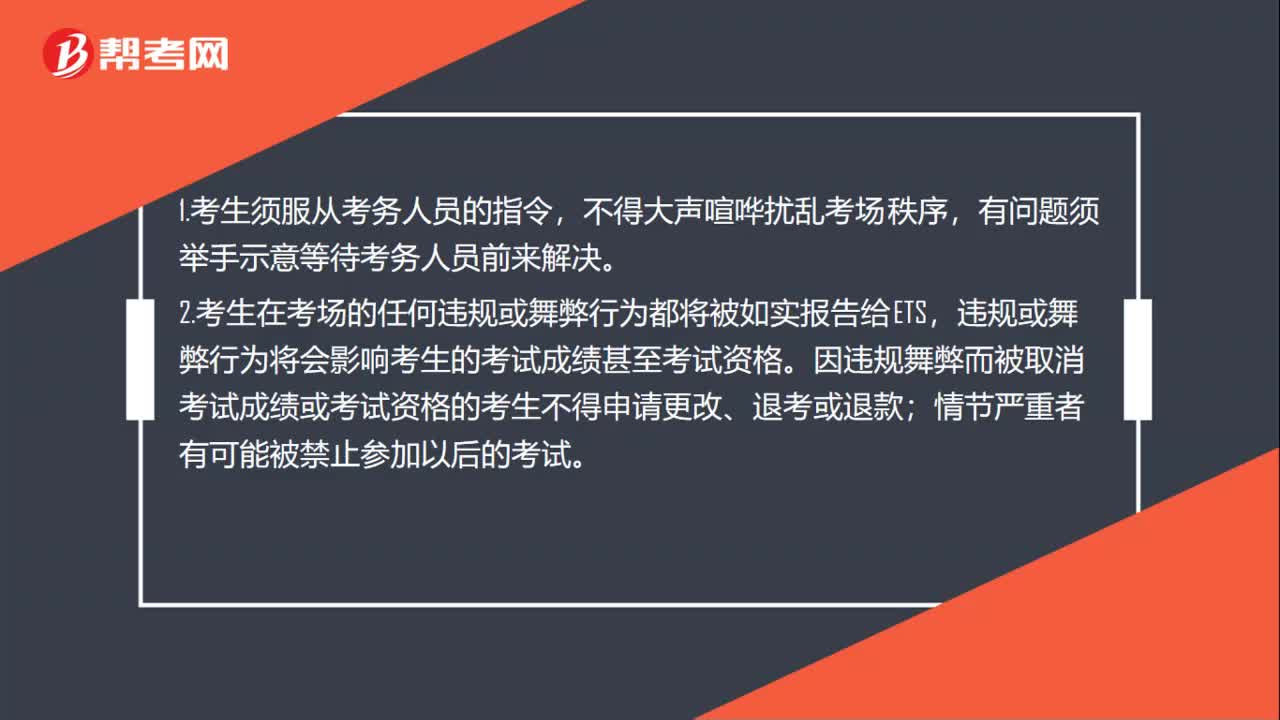
下载亿题库APP
联系电话:400-660-1360

下载亿题库APP
联系电话:400-660-1360

请谨慎保管和记忆你的密码,以免泄露和丢失

请谨慎保管和记忆你的密码,以免泄露和丢失

小伙伴们,今天的你有没有好好复习呢?下面,帮考网为大家准备了一些关于托福考试的习题,供大家练习,希望能够对大家有所帮助。一起来看!
During the second half of the nineteenth century, the production of food and feed crops in the United States rose at an extraordinarily rapid rate. Corn production increased by four and a half times, hay by five times, oats and wheat by seven times. The most crucial factor behind this phenomenal upsurge in productivity was the widespread adoption of labor-saving machinery by northern farmers. By 1850 horse-drawn reaping machines that cut grain were being introduced into the major grain-growing regions of the country. Horse-powered threshing machines to separate the seeds from the plants were already in general use. However, it was the onset of the Civil War in 1861 that provided the great stimulus for the mechanization of northern agriculture. With much of the labor force inducted into the army and with grain prices on the rise, northern farmers rushed to avail themselves of the new labor-saving equipment. In 1860 there were approximately 80,000 reapers in the country; five years later there were 350,000.
After the close of the war in 1865, machinery became ever more important in northern agriculture, and improved equipment was continually introduced. By 1880 a self-binding reaper had been perfected that not only cut the grain, but also gathered the stalks and bound them with twine. Threshing machines were also being improved and enlarged, and after 1870 they were increasingly powered by steam engines rather than by horses. Since steam-powered threshing machines were costly items — running from $ 1,000 to $4,000 — they were usually owned by custom thresher owners who then worked their way from farm to farm during the harvest season. "Combines" were also coming into use on the great wheat ranches in California and the Pacific Northwest. These ponderous machines — sometimes pulled by as many as 40 horses — reaped the grain, threshed it, and bagged it, all in one simultaneous operation.
The adoption of labor-saving machinery had a profound effect upon the sale of agricultural operations in the northern states — allowing farmers to increase vastly their crop acreage. By the end of century, a farmer employing the new machinery could plant and harvest two and half times as much corn as a farmer had using hand methods 50 years before.
1. What aspect of farming in the United States in the nineteenth century does the passage mainly discuss?
(A) How labor-saving machinery increased crop Production
(B) Why southern farms were not as successful as Successful as northern farms
(C) Farming practices before the Civil War
(D) The increase in the number of people farming
2. The word "crucial至关重要的" in line 4 is closest in meaning to
(A) obvious
(B) unbelievable
(C) important
(D) desirable
3. The phrase "avail利用 themselves" in line 11 is closest in meaning to
(A) take care
(B) make use
(C) get rid
(D) do more
4. According to the passage , why was the Civil War a stimulus for mechanization?
(A) The army needed more grain in order to feed the soldiers.
(B) Technology developed for the war could also the used by farmers.
(C) It was hoped that harvesting more grain would lower the price of grain.
(D) Machines were needed to replace a disappearing labor force.
5. The passage supports which of the following statements about machinery after the Civil War?
(A) Many farmers preferred not to use the new machinery.
(B) Returning laborers replaced the use of machinery.
(C) The use of farm machinery continued to increase.
(D) Poor-quality machinery slowed the pace of crop production.
6. Combines and self-binding reapers were similar because each
(A) could perform more than one function
(B) required relatively little power to operate
(C) was utilized mainly in California
(D) required two people to operate
7. The word "they" in line 19 refers to
(A) grain stalks
(B) threshing machines
(C) steam engines
(D) horses
8. It can be inferred from the passage that most farmers did not own threshing machines because
(A) farmers did not know how to use the new machines
(B) farmers had no space to keep the machines
(C) thresher owner had chance to buy the machines before farmers did
(D) the machines were too expensive for every farmer to own
9. The word "ponderous沉重的,笨重的" in line 21 is closest in meaning to
(A) advanced
(B) heavy
(C) complex
(D) rapid
答案:
ACBDC ABDB
以上就是本次帮考网和大家分享的全部内容了,好的成绩是坚持不懈的努力得来的,关注帮考网,还有更多有关托福考试的练习等着你哦!最后,帮考网祝各位考生考试顺利通过,取得好成绩!
 22
22托福考试中能否取消考试成绩?:托福考试中能否取消考试成绩?考生可以在考试结束之前选择取消本次成绩,至此考生本人和申请的学校都将无法查询成绩,也不会收到成绩单。考试结束后则不能再取消成绩。
 32
32托福考试如何计分?:托福考试如何计分?托福考试的四个环节,分数由电脑自动生成和人工评分(经过专业培训的权威人士)两部分组成,确保分数的公平及准确性。只有托福考试采用这种多人评分机制,通过不记名方式,由多名接受过严格培训的考官予以评分,过程经过质量监控,达到高标准的公平性与客观性。
 43
43托福考试的考场规则是什么?:托福考试的考场规则是什么?1.考生须服从考务人员的指令,不得大声喧哗扰乱考场秩序,有问题须举手示意等待考务人员前来解决。2.考生在考场的任何违规或舞弊行为都将被如实报告给ETS,违规或舞弊行为将会影响考生的考试成绩甚至考试资格。因违规舞弊而被取消考试成绩或考试资格的考生不得申请更改、退考或退款;情节严重者有可能被禁止参加以后的考试。